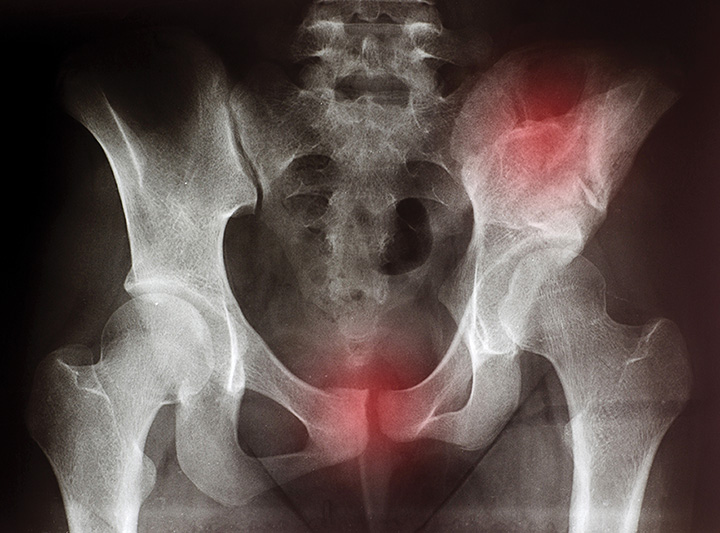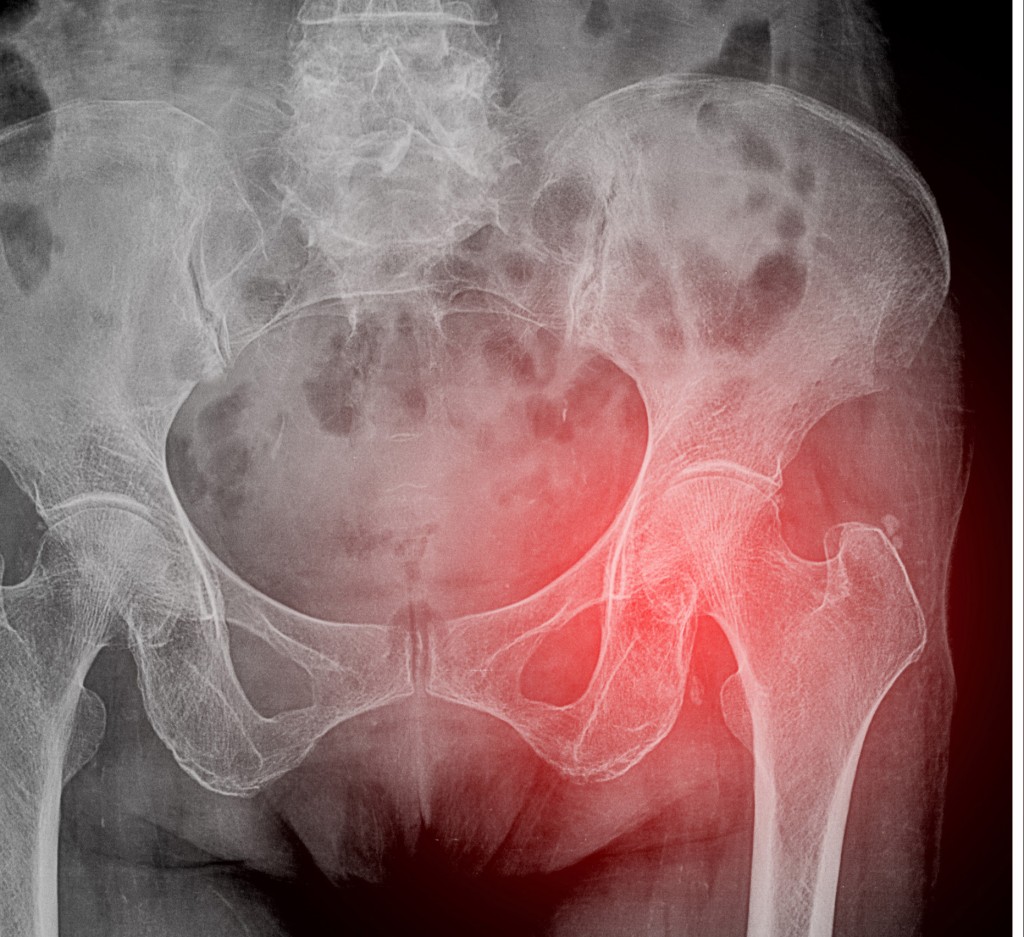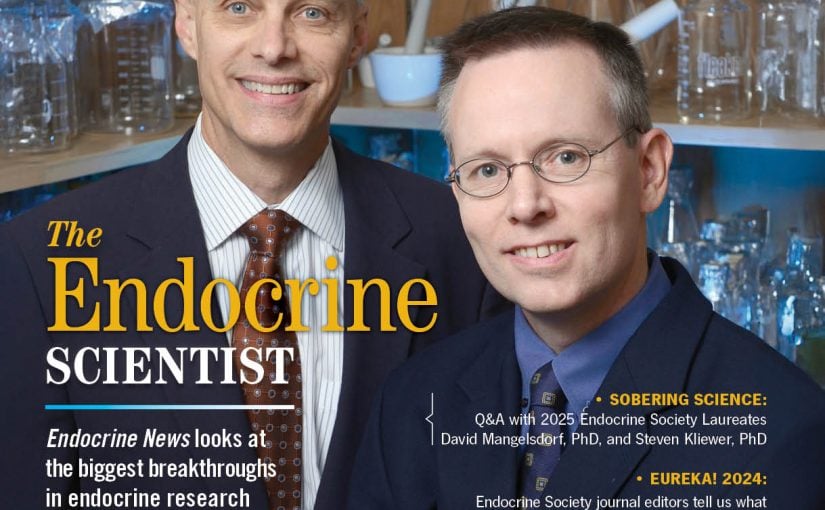 A new study shows that growth hormone has lasting positive effects on osteoporosis and associated fracture risk. Unfortunately, lessening these occurrences does not always equate to an improved quality of life. As the global population ages, the prevalence of age-related conditions like osteopenia and osteoporosis is increasing. In the United States alone, more than 34...
A new study shows that growth hormone has lasting positive effects on osteoporosis and associated fracture risk. Unfortunately, lessening these occurrences does not always equate to an improved quality of life. As the global population ages, the prevalence of age-related conditions like osteopenia and osteoporosis is increasing. In the United States alone, more than 34... A new study shows that growth hormone has lasting positive effects on osteoporosis and associated fracture risk. Unfortunately, lessening these occurrences does not always equate to an improved quality of life. As the global population ages, the prevalence of age-related conditions like osteopenia and osteoporosis is increasing. In the United States alone, more than 34...
A new study shows that growth hormone has lasting positive effects on osteoporosis and associated fracture risk. Unfortunately, lessening these occurrences does not always equate to an improved quality of life. As the global population ages, the prevalence of age-related conditions like osteopenia and osteoporosis is increasing. In the United States alone, more than 34...
 A care model that reduces fractures and reduces overall costs should be an easy sell — but osteoporosis experts face obstacles to introducing fracture liaison services in fee-for-service environments. A cross-disciplinary outreach approach that ensures that patients over 50 who suffer a major fracture get evaluated for osteoporosis has been proven to reduce future fractures...
A care model that reduces fractures and reduces overall costs should be an easy sell — but osteoporosis experts face obstacles to introducing fracture liaison services in fee-for-service environments. A cross-disciplinary outreach approach that ensures that patients over 50 who suffer a major fracture get evaluated for osteoporosis has been proven to reduce future fractures... Endocrine News has compiled the leading breakthroughs in endocrine research over the course of the past year with the help from 11 editors from Endocrine Reviews. From genetic research to new thyroid cancer drugs, amazing progress is being made in the field of endocrinology. Each year brings us a little closer to solving complex endocrine...
Endocrine News has compiled the leading breakthroughs in endocrine research over the course of the past year with the help from 11 editors from Endocrine Reviews. From genetic research to new thyroid cancer drugs, amazing progress is being made in the field of endocrinology. Each year brings us a little closer to solving complex endocrine... Leading bone experts are championing a reclassification of osteoporosis to encompass more patients at risk for fractures. Such an expanded definition would raise awareness among patients, physicians, government agencies, and insurers. Most hip fractures occur in patients who do not have osteoporosis — at least according to the currently accepted definition of the condition. But...
Leading bone experts are championing a reclassification of osteoporosis to encompass more patients at risk for fractures. Such an expanded definition would raise awareness among patients, physicians, government agencies, and insurers. Most hip fractures occur in patients who do not have osteoporosis — at least according to the currently accepted definition of the condition. But... Ten years after it was administered, growth hormone (GH) continued to reduce the risk of fractures and helped maintain bone density in postmenopausal women who had osteoporosis, according to a new study published in The Journal of Clinical Endocrinology & Metabolism. Researchers led by Emily Krantz, MD, of of Södra Älvsborgs Hospital in Borås, Sweden, pointed...
Ten years after it was administered, growth hormone (GH) continued to reduce the risk of fractures and helped maintain bone density in postmenopausal women who had osteoporosis, according to a new study published in The Journal of Clinical Endocrinology & Metabolism. Researchers led by Emily Krantz, MD, of of Södra Älvsborgs Hospital in Borås, Sweden, pointed...